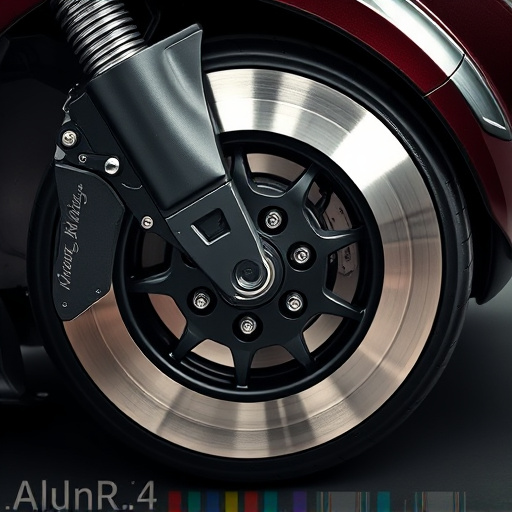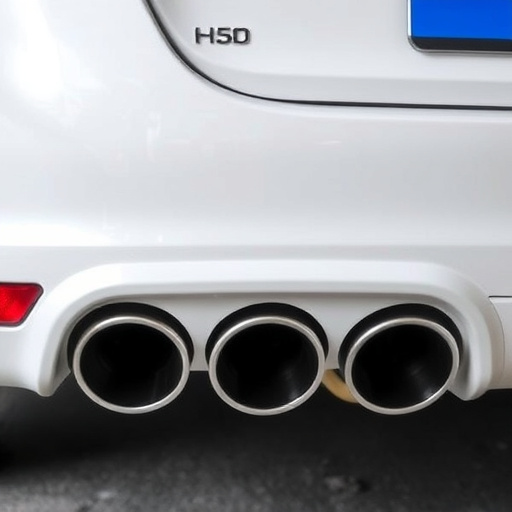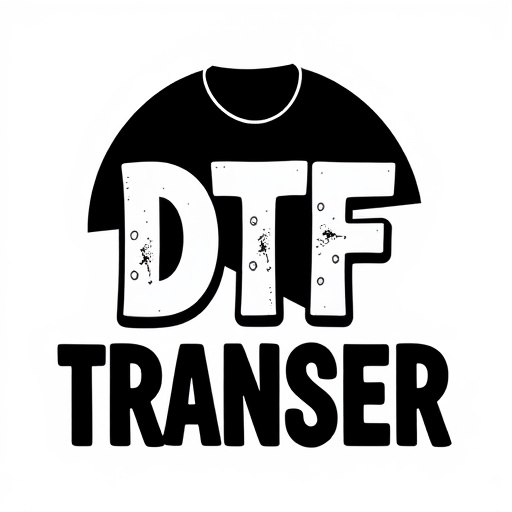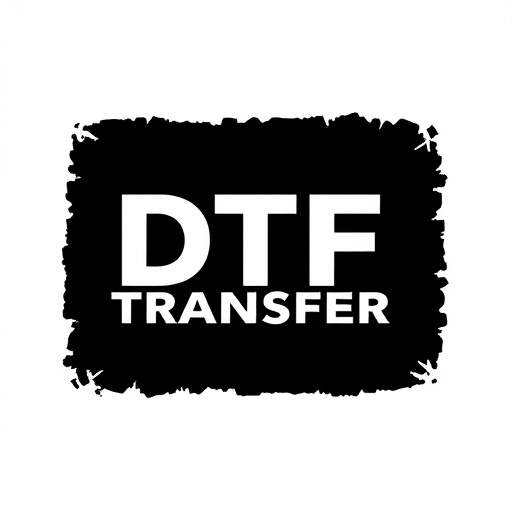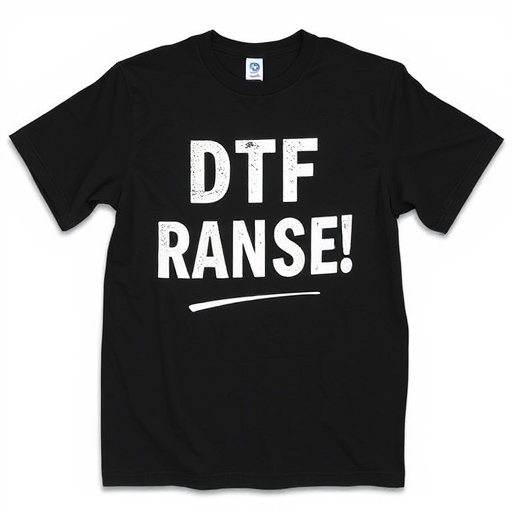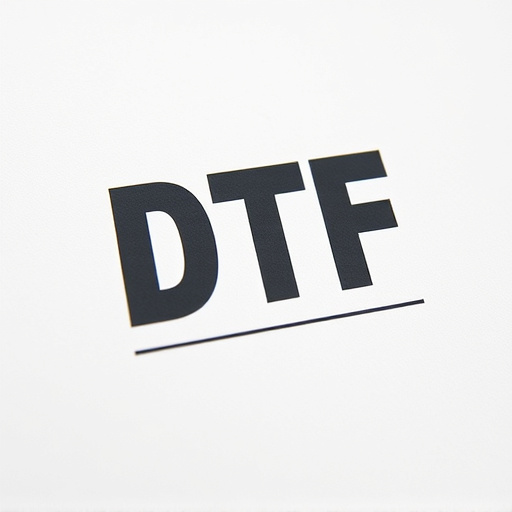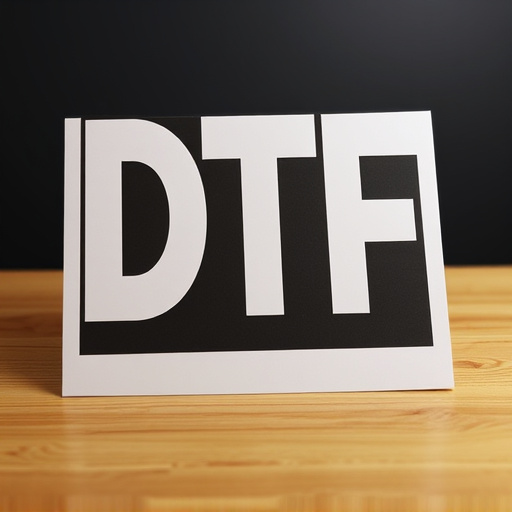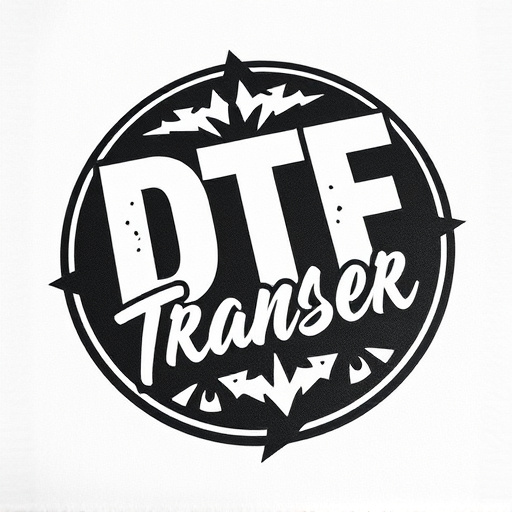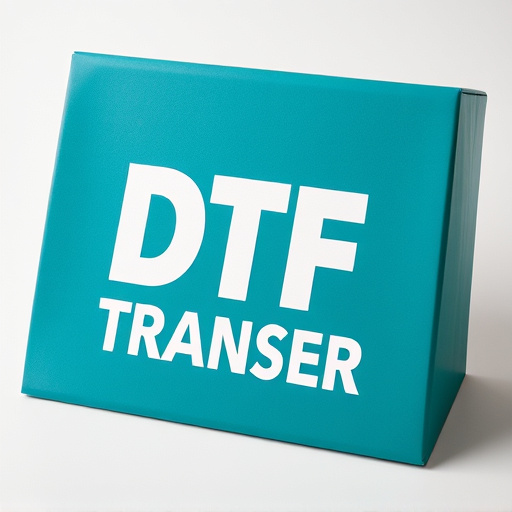DTF (Direct-to-Film) printing is a modern screen printing method that uses digital technology to directly print designs onto fabric, plastic, and metal, eliminating the need for physical screens. Compared to traditional screen printing, DTF offers faster turnaround times, intricate design capabilities, and superior color vibrancy. It's ideal for small batch productions and on-demand printing due to its streamlined production process, reduced setup times, and adaptability to design changes. DTF provides a cost-effective alternative with higher quality outputs, attracting businesses in promotional merchandise, signage, apparel, and art sectors.
In the dynamic world of printing, Direct-to-Film (DTF) technology has emerged as a modern alternative to traditional screen printing. This article delves into the nuances of both methods, exploring their unique strengths and applications. From understanding the digital precision of DTF to appreciating the craftsmanship of traditional screen printing, we dissect each process step by step. By analyzing quality, durability, cost efficiency, and turnaround time, this guide offers insights into where these printing methods stand in today’s market.
- Understanding Direct-to-Film (DTF) Printing: A Modern Approach
- Traditional Screen Printing: The Classic Method
- Production Process Comparison: Step by Step
- Quality and Durability Analysis: DTF vs. Traditional
- Cost Efficiency and Turnaround Time Considerations
- Applications and Market Trends: Where They Stand Now
Understanding Direct-to-Film (DTF) Printing: A Modern Approach
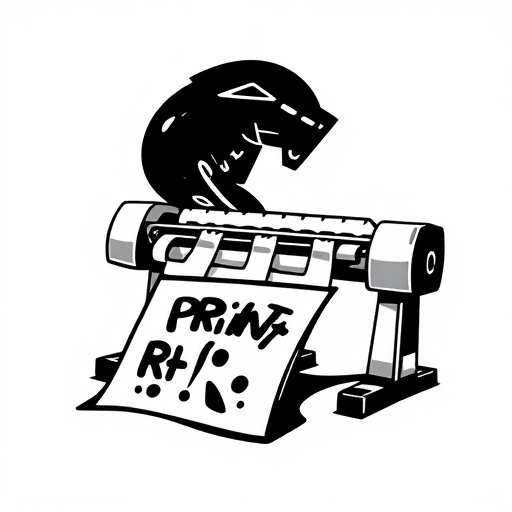
Direct-to-film (DTF) printing is a modern approach that has revolutionized the screen printing industry. Unlike traditional methods that rely on physical screens, DTF utilizes digital technology to transfer designs directly onto various materials, such as fabric, plastic, and even metal. This innovative process allows for exceptional detail, vibrant colors, and faster turnaround times compared to conventional screen printing.
With DTF Printing, the design is first created digitally and then precisely transferred onto the target surface using specialized printers. This digital-to-print workflow eliminates the need for creating physical screens, streamlining the production process. As a result, DTF offers increased efficiency, reduced setup times, and the ability to easily adapt designs, making it particularly appealing for small batch productions and on-demand printing.
Traditional Screen Printing: The Classic Method
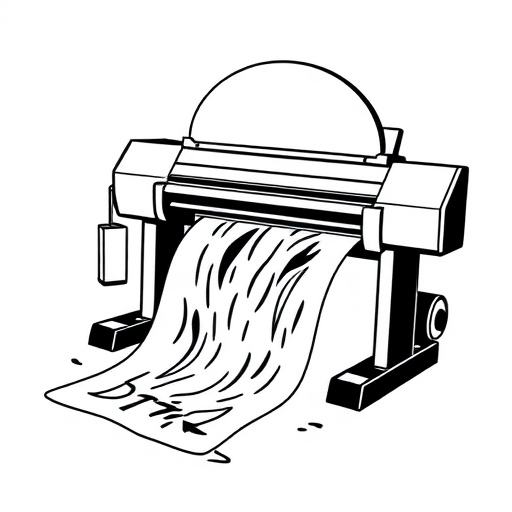
Traditional screen printing, often referred to as the classic method, involves creating a stencil on a fine mesh or silk screen, which is then placed over a substrate (like fabric or paper). Ink is forced through the open areas of the screen onto the substrate below, forming the desired design. This technique requires skill and precision, with each color in an image needing its own screen to ensure accuracy. The process is labor-intensive, making it more time-consuming and costlier compared to modern alternatives like DTF (Direct-to-Film) printing. However, traditional screen printing offers exceptional quality and durability, especially for bulk orders, and remains a beloved method among many printers for its rich history and unique aesthetic appeal.
Production Process Comparison: Step by Step
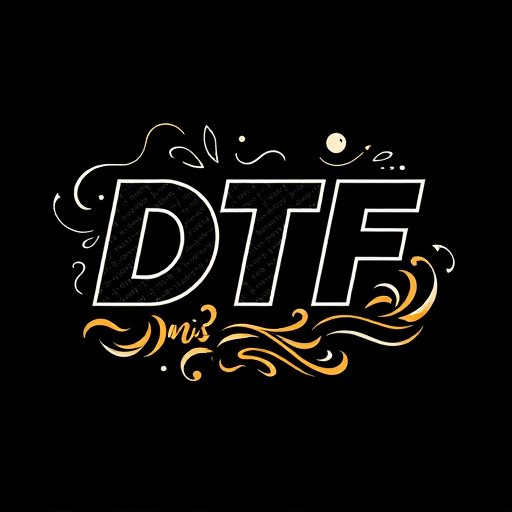
Production Process Comparison: Direct-to-Film (DTF) vs Traditional Screen Printing
Direct-to-film (DTF) printing and traditional screen printing both involve creating designs on fabric, but their production processes differ significantly. In traditional screen printing, a physical screen is prepared with a stencil that blocks the mesh where ink shouldn’t go. This set-up allows for precise application of ink through the open areas of the screen onto the substrate below. The process involves multiple steps: preparing the screen, setting up the printing press, pulling inks through the screen, and curing the ink on the fabric. Each color in a design requires a separate screening and printing step, making it time-consuming for complex art or multi-color prints.
In contrast, DTF printing utilizes digital imaging technology to transfer designs directly onto the fabric using heat and pressure. This method eliminates the need for screens, simplifying the production process. Designs are sent from a computer to a printer that applies ink through rollers, creating a direct imprint on the fabric. DTF offers faster turnaround times since there’s no need for setup between color changes. Additionally, it allows for more intricate designs as there’s no limitation due to screen size or the number of colors used in a design.
Quality and Durability Analysis: DTF vs. Traditional
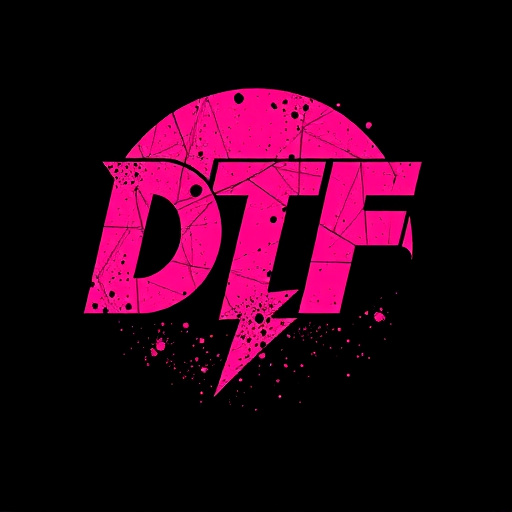
Direct-to-film (DTF) printing offers a significant edge in terms of quality and durability compared to traditional screen printing methods. With DTF, designs are printed directly onto various materials, such as textiles or plastics, using high-resolution printers, ensuring sharp details and vibrant colors that last. This process eliminates the need for screens, reducing potential imperfections introduced during the screening stage, and allowing for more intricate and nuanced artwork.
Traditional screen printing, while a proven technique, often results in slightly lower print quality due to the physical constraints of the screen itself. The mesh can introduce subtle variations in ink deposition, leading to less consistent color reproduction. Moreover, traditional methods might require additional steps like heat pressing or curing to set the ink, which can impact the overall durability, especially for items that undergo frequent washing or environmental exposure. DTF, on the other hand, provides a more robust finish, making it ideal for outdoor signage, promotional products, and durable goods where longevity is essential.
Cost Efficiency and Turnaround Time Considerations
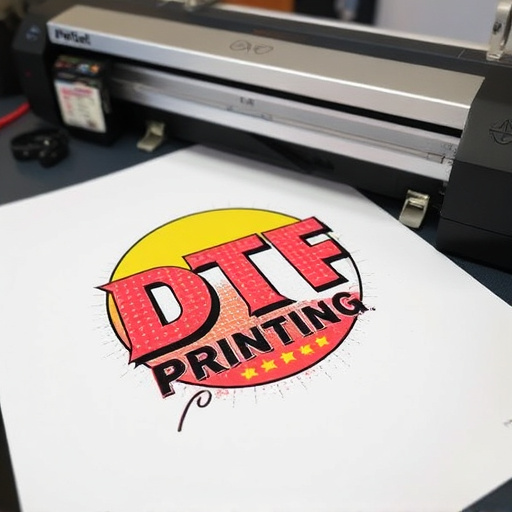
Direct-to-film (DTF) printing offers a cost-effective solution for small to medium-sized print runs, making it an attractive alternative to traditional screen printing methods. While screen printing requires setting up individual screens for each design, DTF avoids this expense and time investment. With DTF, designers can send their artwork directly to the printer, eliminating the need for screen creation and preparation, which significantly reduces overhead costs. This method is particularly beneficial for businesses or individuals with limited budgets or short production timelines.
Turnaround time is another critical factor where DTF printing excels. Unlike traditional screen printing, which involves multiple stages and can take several days to a week or more for setup and production, DTF processes are much faster. Designs can be uploaded, printed, and ready for distribution in a matter of hours, making it an ideal choice for time-sensitive projects or when quick turnaround is essential. This efficiency contributes to better inventory management and allows businesses to respond swiftly to market demands.
Applications and Market Trends: Where They Stand Now
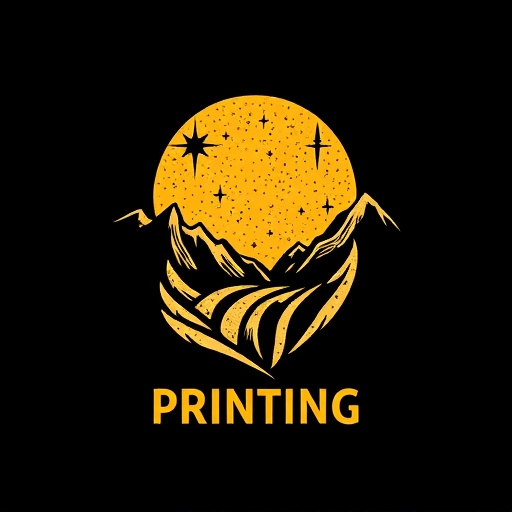
Direct-to-film (DTF) printing has been gaining traction in recent years, offering a modern alternative to traditional screen printing methods. This innovative approach is particularly well-suited for short-run and custom print projects across various industries. From promotional merchandise to signage, apparel, and even artistic creations, DTF printing provides high-quality, precise results with minimal setup time. Market trends indicate a growing demand for this technology, especially among small and medium-sized businesses looking for cost-effective solutions without sacrificing quality.
Traditional screen printing, while still widely used, is often associated with higher set-up costs, longer production times, and limited flexibility. However, it remains a preferred method for large-scale productions and specific applications requiring intricate designs. The current landscape suggests a balance between these two methods, where DTF printing caters to smaller, more personalized orders, while screen printing continues to dominate in high-volume printing scenarios.



